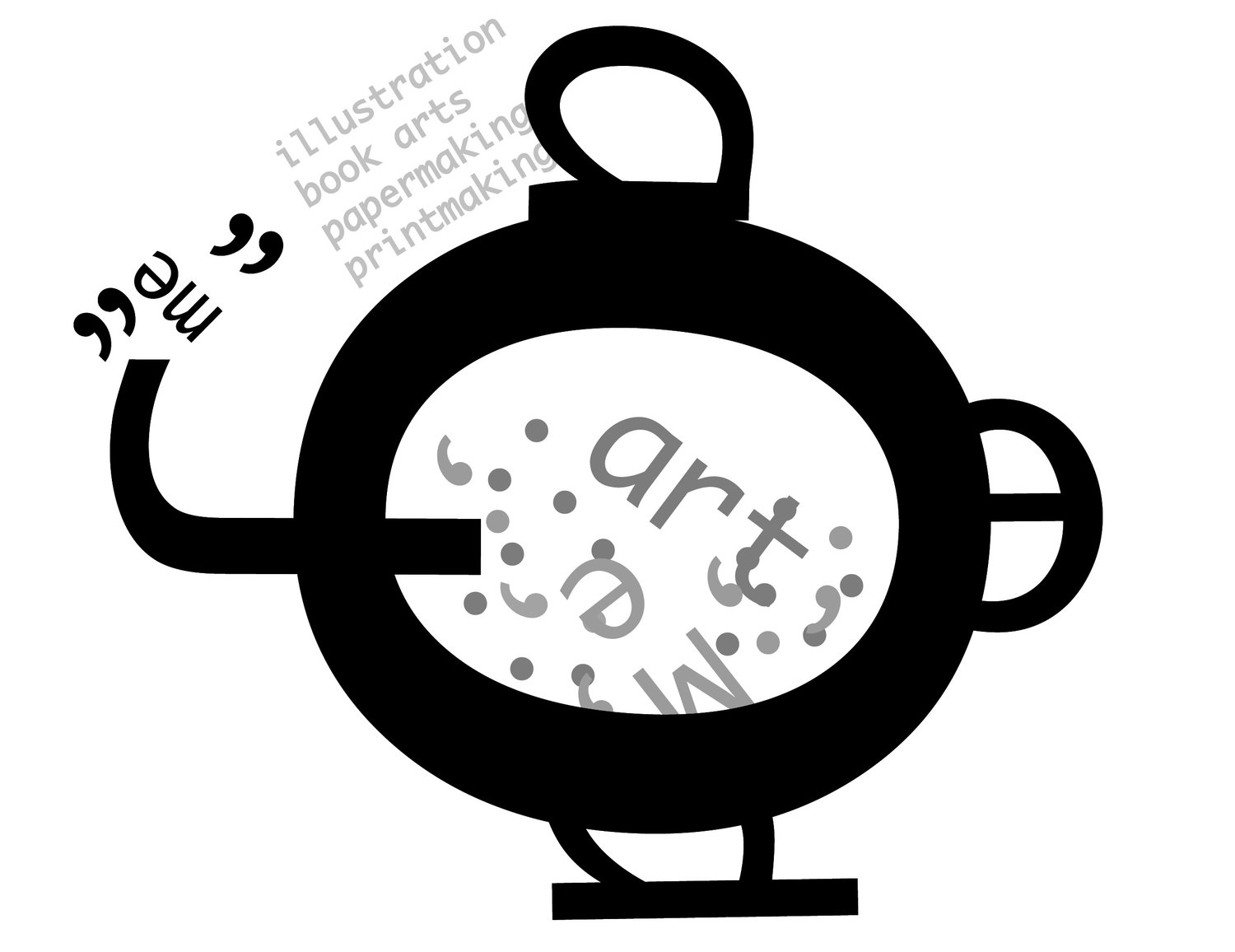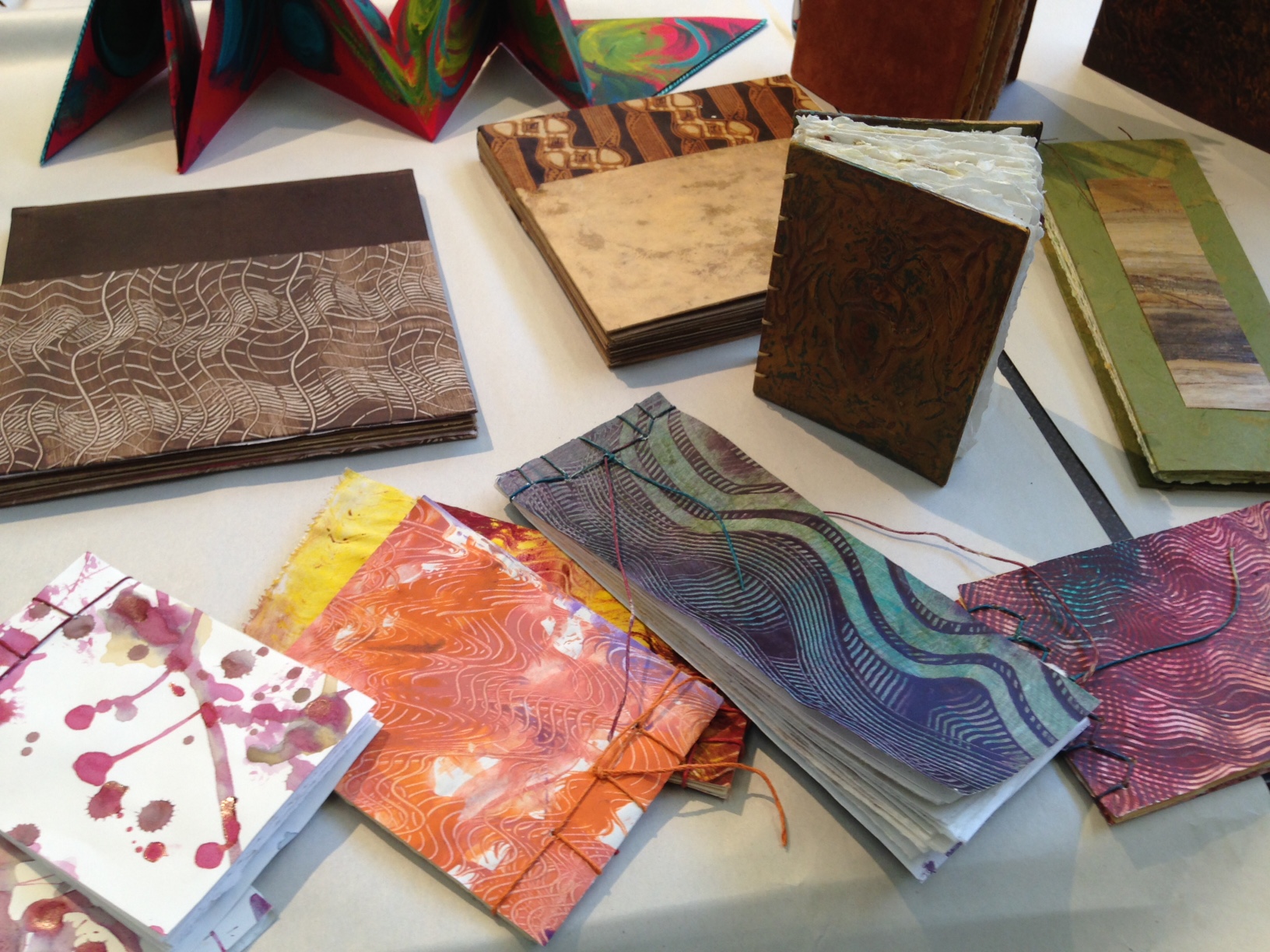Hello!
This writing is about making art.
I'd like to say that it's easy as breathing, but it does take more than that. What's important is getting it out of the head stage and into the materials. Materials speak back. Materials guide, excite, inform and lead. They are your best friends, and part of your job as an artist is to find the materials you want to work with. Materials are not just pen, pencil or crayons. They can be fiber, clay, thread, metal, recycled stuff, and most of all, whatever wonderful sensory material creates a dialogue for you. In Roderi's book, Collage, he describes the process as
" Thrust into the very centre of the work, we participate in its creation. We reconstruct it with our own hands, as it were. By identifying closely with its plastic requirements we can hope to discover its secret.” (1998, Rissoli Publications, NY)
We are whole creatures, and the materials will connect you to your ideas, working strategies, and motivate your sense of exploration. As an artist, you are an explorer, a Robinson Crusoe in the Lillipution world of ideas and materials. The learning process will take you many places, imaginary and real. I know, because my art pursuits have taken me across the U.S.A many times, and I've settled in the land of Book Arts, Printmaking, and Papermaking. This all came about because of Illustration. I am a visual storyteller that loves words and images.
I also have been teaching art to people of all ages for over twenty years. Art makes lots of things happen, and you may feel shipwrecked through the process. But, you can write about that, too. Monet never was finished with his process of discovery, even as blindness inhibited his work. He felt his drawings and paintings. I recommend reading Elliot Eisner's thoughts about art:
Ten Lessons the Arts Teach (show) that “learning in the arts requires the ABILITY and a WILLINGNESS to surrender to the unanticipated possibilities of the work as it unfolds.” (The arts and the creation of mind, New Haven, CT: Yale University, 2002.)

















